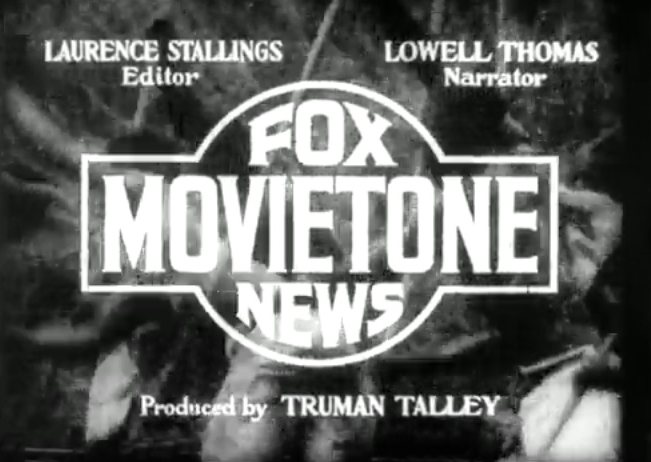Film Production Set to Boom in Hungary Post-SAG-AFTRA strike.
zita kisgergely
Putting a lengthy 118-day standoff with AFTRA behind them, SAG (the Screen Actors’ Guild) reached an agreement late last week. The welcome news comes less than a month after members of the Writers’ Guild of America similarly ratified their own deal and draws the curtain on a staggering seven months of industrial action that has affected the industry across the globe.
With the board passing its approval last Friday, the 160,000-strong actors' guild will now also cast their votes on the agreement. But with the strike halted, a swift return to work and resumption of production is expected.
The collective sigh of relief this brings worldwide to a beleaguered entertainment community is apparent. According to Deadline, the strike resulted in 45,000 job losses and an estimated loss of $6.5 billion to the economy–and that’s only the numbers for Southern California.
It’s no surprise that the ripple effects of the strike was also felt in Hungary, a country that has established itself as a leader in servicing international film and tv productions.
Via Wikipedia
Hungary: Europe’s second largest production hub after the U.K.
Crews in Hungary fared somewhat better than their American counterparts in the thick of strike action. As Christopher Vourlias of Variety reported at the beginning of November, high-profile productions such as Pablo Larrain's "Maria" and A24's "Death of a Unicorn" set up in Budapest, taking advantage not just of the city’s diverse locations and Hungary’s competitive rebate scheme, but also SAG-AFTRA waivers.
Back in September, when the writers’ strike was resolved, there was cautious optimism that things would soon be returning to business as usual.
Production services for the film “Poor Things”, shot in Budapest and currently generating much Oscar buzz, was provided by local outfit Pioneer Stillking Films. Managing director Ildikó Kemény noted at the time, “We have been lucky because we haven’t really stopped. We are constantly budgeting, presenting location and studio possibilities for U.K. and American projects now that the SAG strike’s end is in sight.”
The producer of the film, Ed Guiney praised Budapest for its large soundstages, skilled crews, competitive costs, and a 30% cash rebate to boot. He further noted that these factors played a big part in enabling bold creative choices that wouldn’t have been possible in a costlier location.
Incidentally, Flatpack Films had the pleasure of working with the celebrated director of “Poor Things”, Yorgos Lanthimos, when he was an up-and-coming commercial director some ten years ago.
Hungarian Film Commissioner Csaba Kael, in an interview with Variety, underscored Hungary’s movie traditions and its film cultural “DNA”. Cultivated over 123 years, it’s led to the development of highly committed and skilled crews as well as shooting facilities and infrastructure that is continuously being improved and expanded upon.
This, together with Hungary’s visual versatility and the openness of local government in collaborating with film and television productions, could elevate the country’s position even further in servicing global film productions.
Flatpack Films has years of experience servicing international brands, agencies, and production companies. Filming in Hungary is easy when relying on their knowledge of the market and ability to solve complex needs. They bring the best that Hungary has to offer in terms of unique locations, exceptionally skilled crews, top-of-the-line equipment and technical solutions. Backed by an impeccable track record, Flatpack Films has worked with world-class clients including Samsung, Samsonite, Toyota, Braun, Chivas Regal and many more.
Get in touch and learn more about Budapest film locations, Hungarian film incentives, film tax credits in Hungary and how Flatpack Films can bring your project to life through a highly bespoke approach.
Sources & further reading:
https://variety.com/2023/film/focus/hungary-production-budapest-poor-things-1235763265/
https://variety.com/2023/film/news/hungary-cinema-film-commissioner-poor-things-1235778621/
https://apnews.com/article/actors-strike-deal-d5f9769fd8a263170141a60da64cdc98
https://deadline.com/2023/10/actors-strike-talks-friday-optimism-1235584425/















































